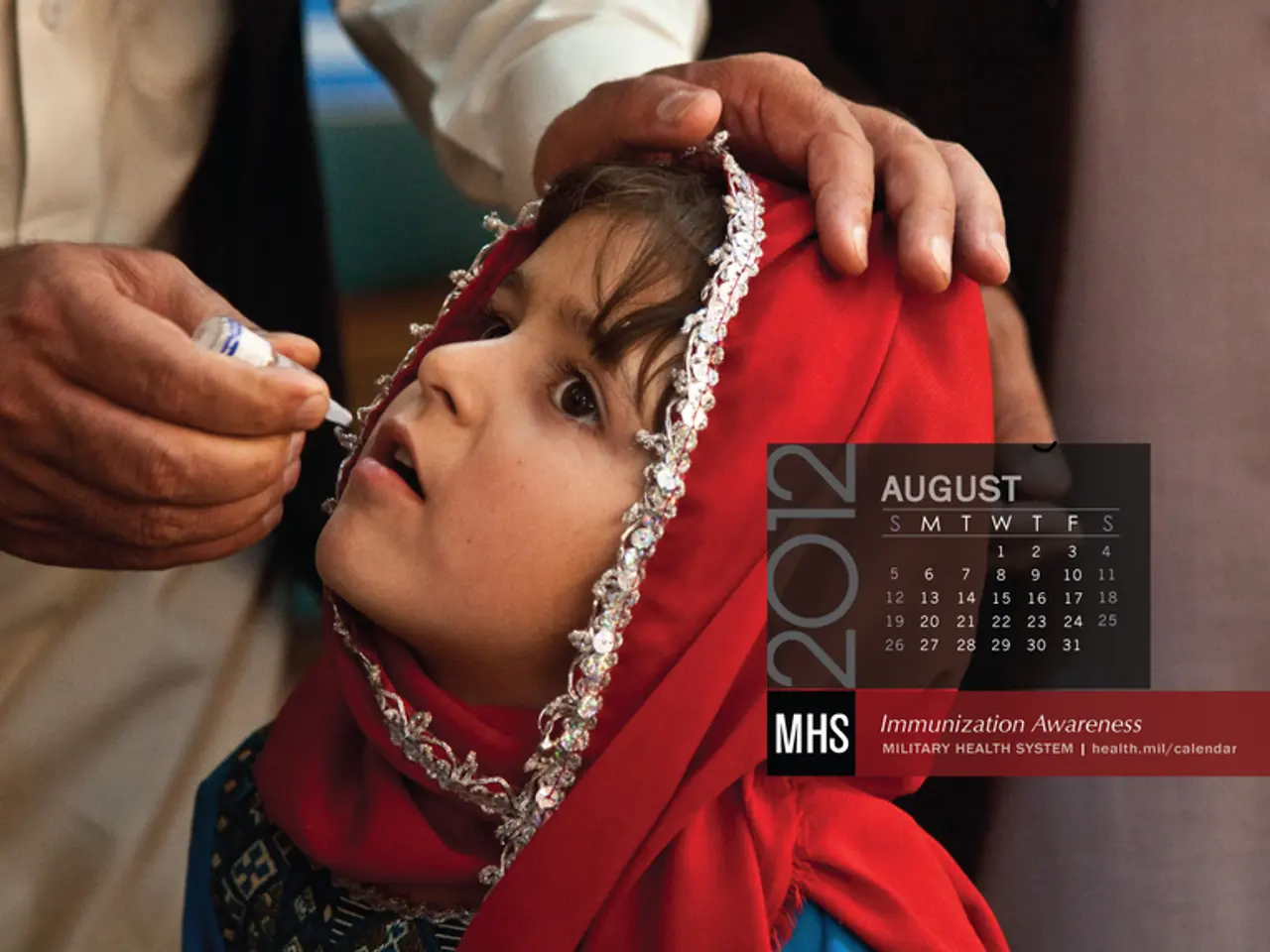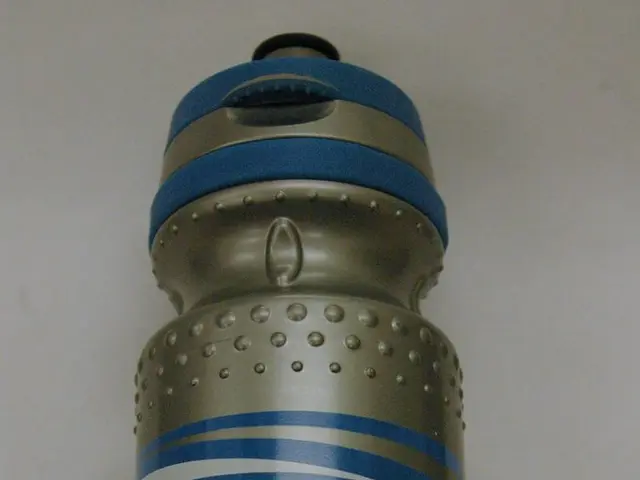Chemotherapy potentially ages healthy blood cells, finds research analysis
In a groundbreaking study published in the journal Nature Genetics, researchers have identified four new mutational signatures linked to chemotherapy, emphasizing the need for more targeted and optimized treatment options.
The study, led by a team of scientists, compared the blood of 23 individuals who had undergone chemotherapy with nine subjects without any history of cancer or chemotherapy. The findings suggest that chemotherapy introduces mutations to blood cells, particularly blood stem cells, which carry the same risk as age-related mutations.
The research focuses on the growing trend towards targeted therapies and optimized chemotherapy doses, which aim to minimize damage to healthy cells while maintaining anticancer efficacy. Two such examples are the targeted oral inhibitor, Sotorasib, specifically designed for cancers with the KRAS G12C mutation, and the immune checkpoint inhibitor, Nivolumab.
Sotorasib, unlike conventional chemotherapy that broadly affects dividing cells, specifically inhibits the mutant KRAS protein. This helps reduce off-target toxicity, although dosing shows a balance between efficacy and toxicity. Nivolumab, on the other hand, has been shown effective even at significantly reduced doses, maintaining clinical benefit with less toxicity.
Traditional chemotherapies like cisplatin, cyclophosphamide, doxorubicin, and others tend to be highly toxic to both cancer and healthy cells due to their mechanism of targeting rapidly dividing cells indiscriminately. However, new developments are shedding light on the importance of minimizing harm to healthy tissues.
Maura, one of the researchers, explains, "first, you have to cure [that type of] cancer. Then you work toward reducing the toxicity of the treatment." The study aims to help doctors select cancer treatments that cause minimal damage to patients' healthy cells.
The team isolated blood stem cells and mature blood cells from the groups, and extracted DNA from the cells for whole-genome sequencing. They also found that a 3-year-old participant in the study had 10 times the number of mutations in his blood compared to healthy, untreated kids his age, making his blood cells look older.
Despite the promising findings, the study had limitations, such as a small sample size and potential skewing of results due to using blood in test tubes instead of the human body's environment. For cancers with lower cure rates, applying this approach may be more challenging.
Previous research, such as Mitchell's work published in 2024 in The Lancet Oncology, has demonstrated that alternative chemotherapy combinations can work as well as standard options while causing fewer knock-on mutations. For instance, an alternative chemo combination for Hodgkin lymphoma was found to be as effective as the standard option while causing fewer mutations.
Some medications within the chemotherapy group cause more mutations than others. For example, cyclophosphamide causes fewer mutations than others in its class. While the risk of secondary malignancy with cyclophosphamide is known to be lower than with other drugs of its class, it is not zero.
In conclusion, the study underscores the importance of targeted therapies and optimized chemotherapy doses in minimizing damage to healthy cells. As Maura puts it, "first, you have to cure [that type of] cancer. Then you work toward reducing the toxicity of the treatment."
**Table: Chemo Medications by Cell-Specificity and Toxicity**
| Medication Type | Example | Mechanism | Relative Damage to Healthy Cells | |--------------------------------|-----------------|--------------------------------|--------------------------------------------| | Targeted Therapy | Sotorasib | Inhibits mutant KRAS G12C | Low to moderate (more specific to cancer) | | Immunotherapy (Checkpoint Inhibitor) | Nivolumab | Modulates immune checkpoints | Lower toxicity at optimized low doses | | Traditional Chemotherapy | Cisplatin, Doxorubicin, Cyclophosphamide | Targets replicating cells broadly | High (affects cancer and healthy cells) |
The study's findings suggest that chemotherapy can introduce mutations to blood cells similar to age-related mutations, emphasizing the need for health-and-wellness strategies that focus on targeted and optimized treatment options, such as targeted therapies like Sotorasib, which specifically inhibits the mutant KRAS protein to minimize damage to healthy cells. A comprehensive understanding of cell-specificity and toxicity of various medication types, such as the examples given in the table, could play a significant role in science, particularly in the medical-conditions and cancer field, as it aims to reduce the risk of secondary malignancies and improve treatment outcomes.








